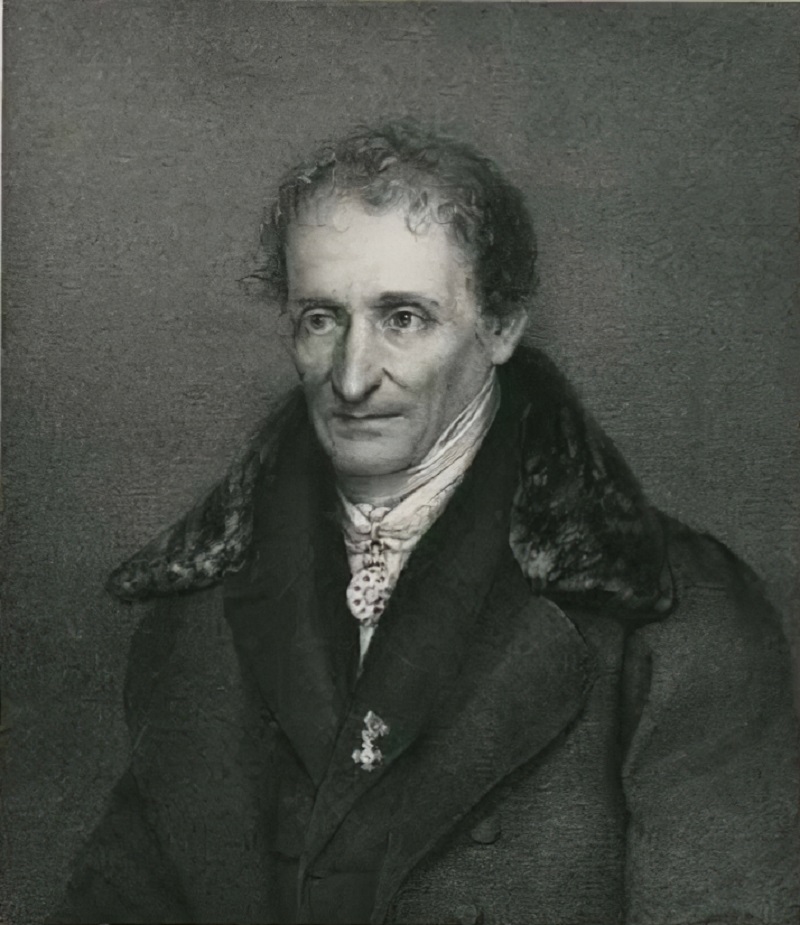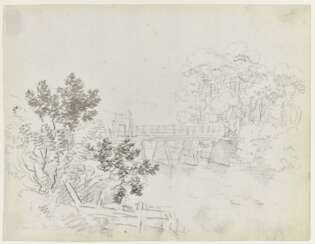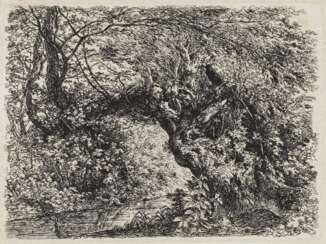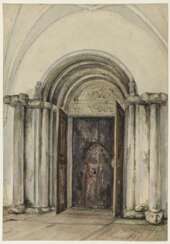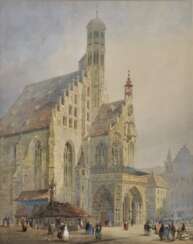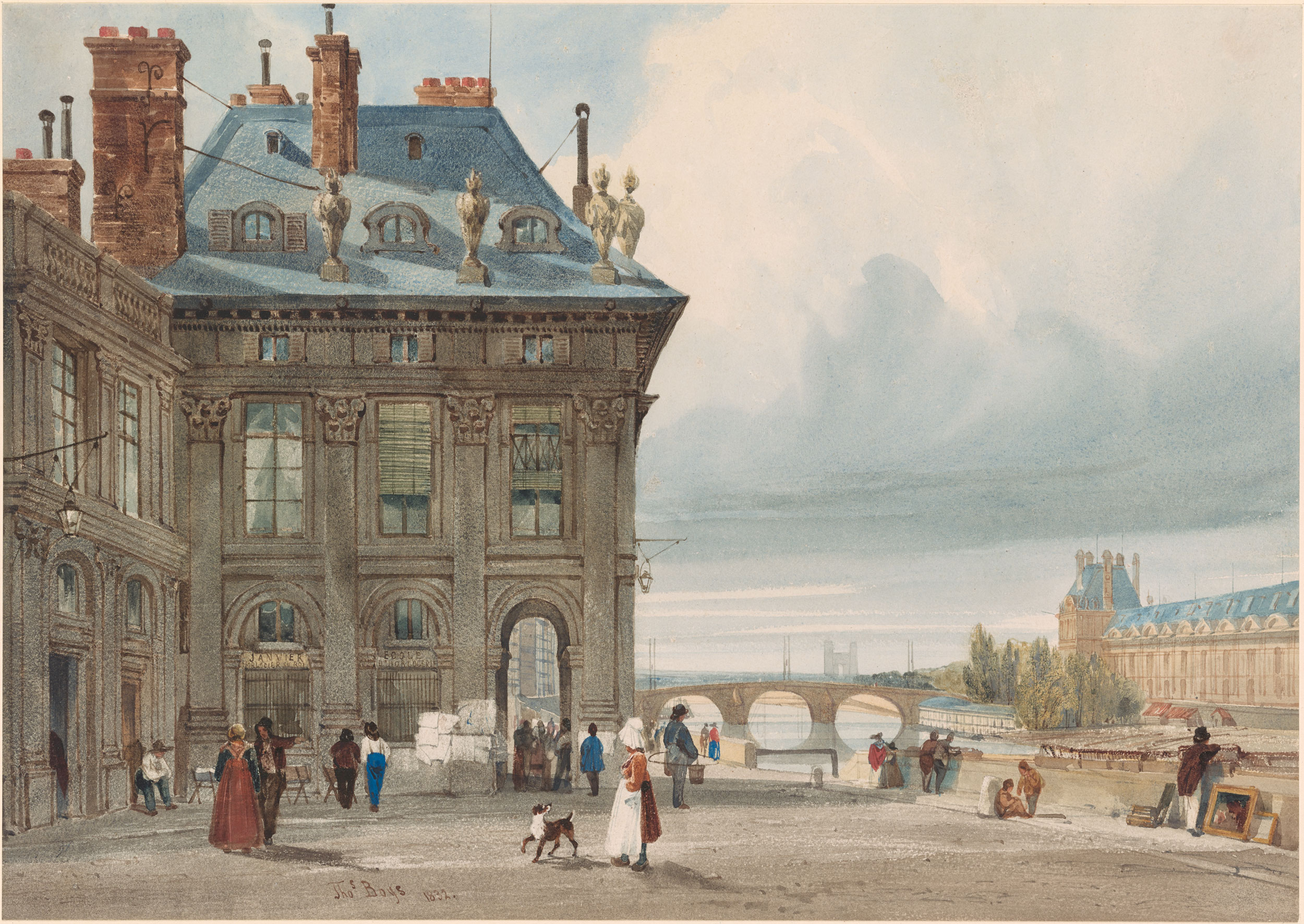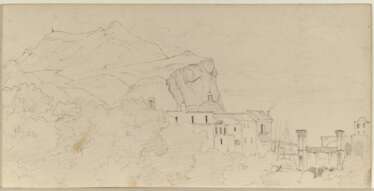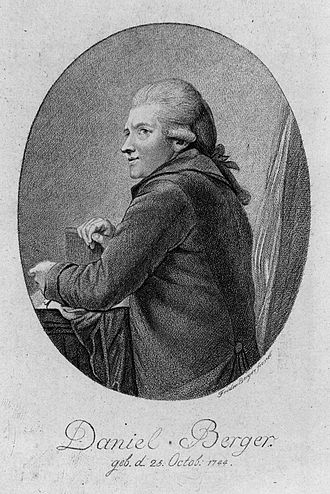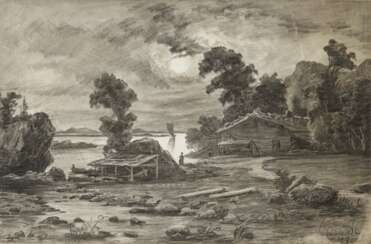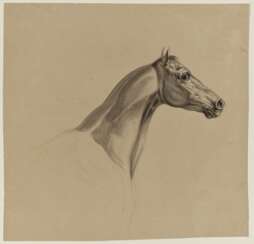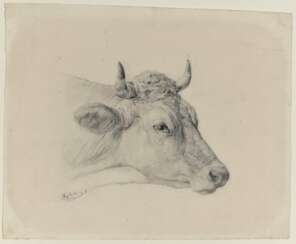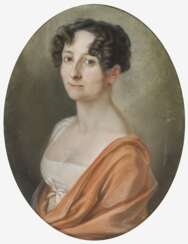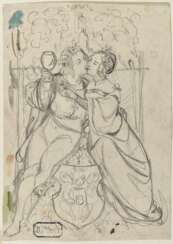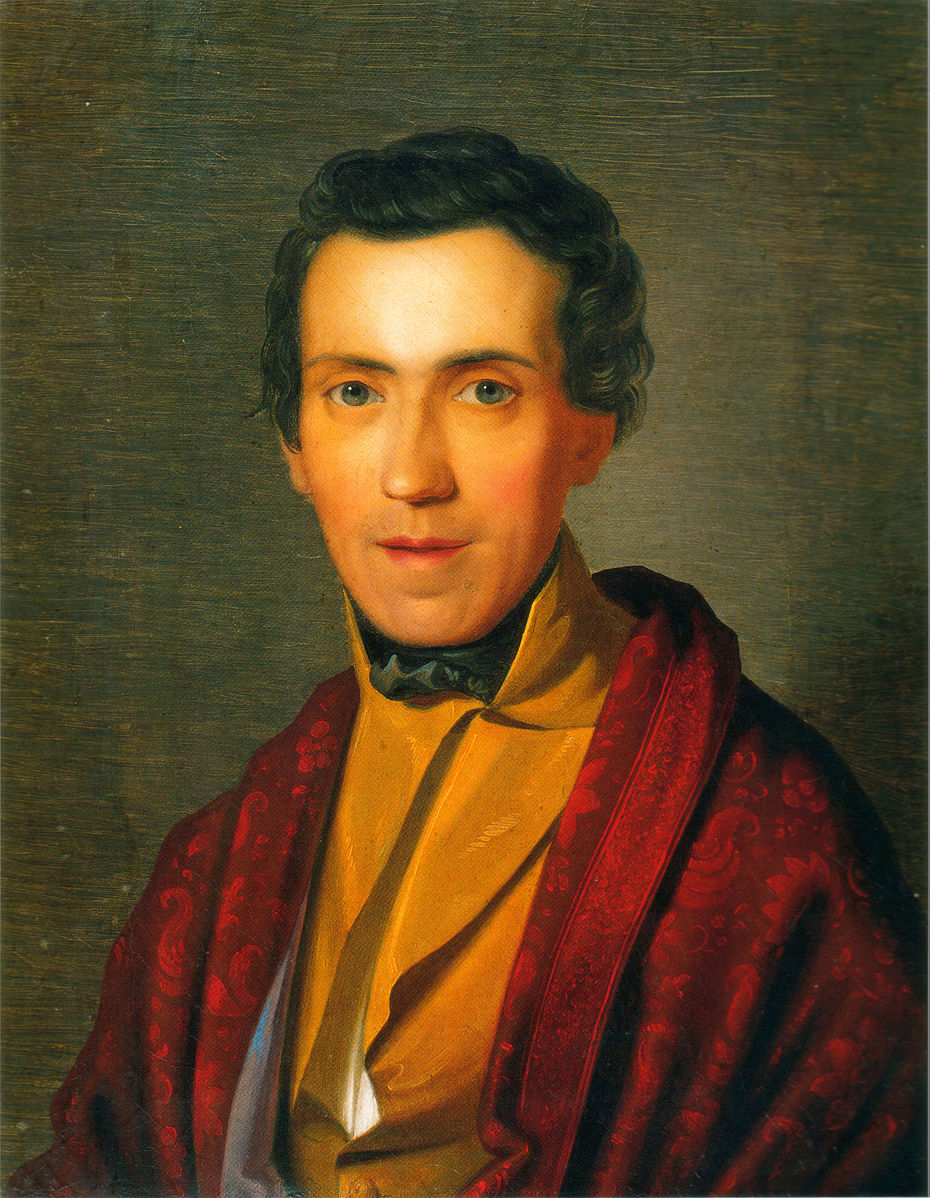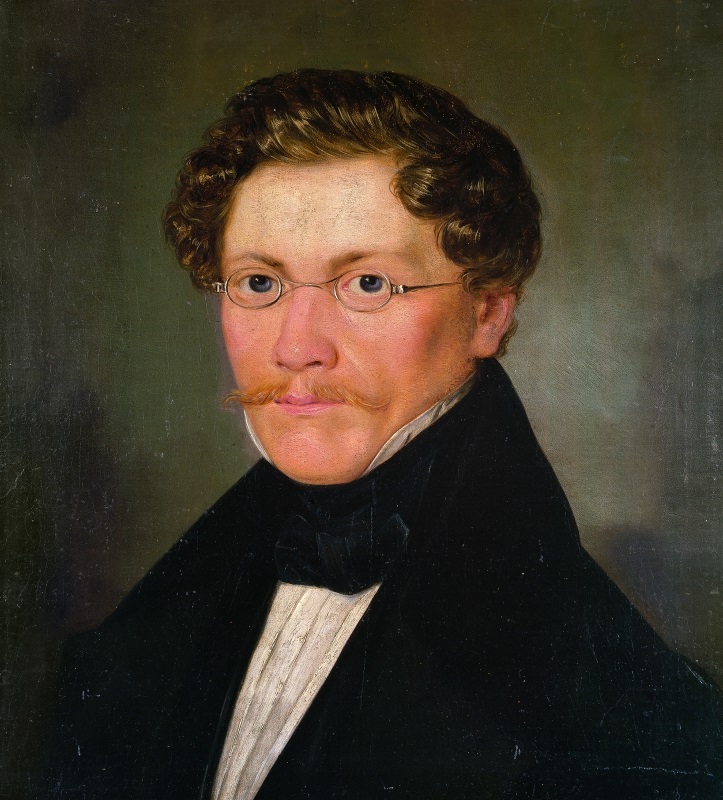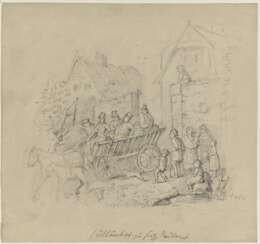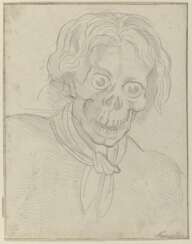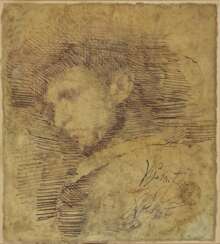
Graphics 19th-20th century — Graphics and paintings 15th to 20th century
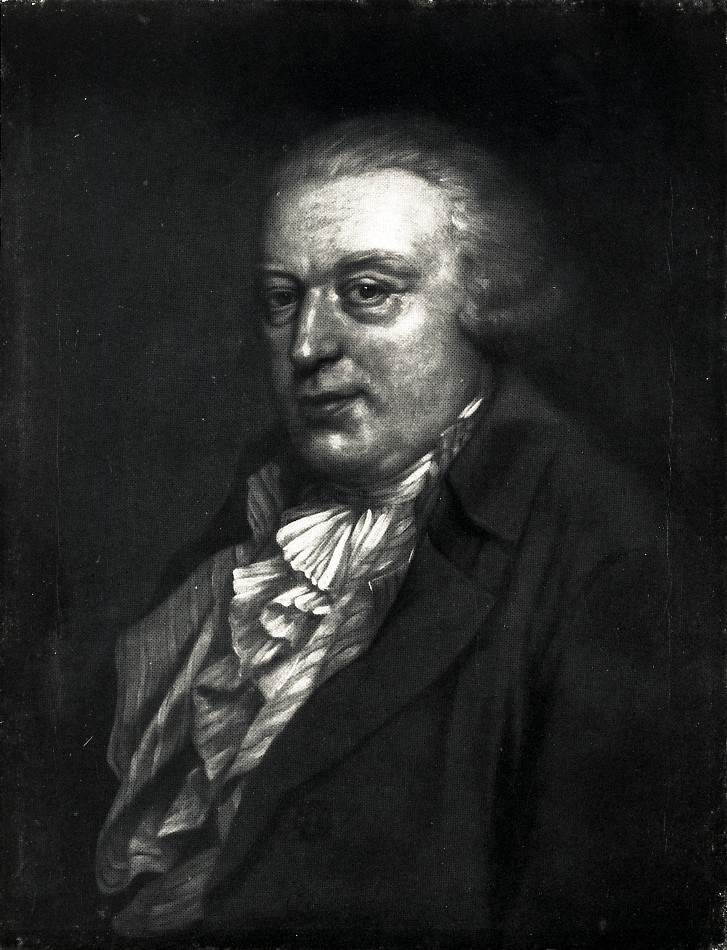
Ferdinand Kobell was a German painter of the second half of the eighteenth century. He is known as a painter, graphic artist, printmaker and landscape painter.
Kobell painted landscapes inspired by the style of Nicholas Berchem. His oil paintings are in many German galleries, but he was much more skillful, according to critics, in conveying the states of nature with an engraving needle. Kobbel is considered a master of landscape etchings, which are recognized as some of the best of the 18th century.
Kobell had seven children, including Wilhelm von Kobell, who also became a landscape, animalist and battle painter.
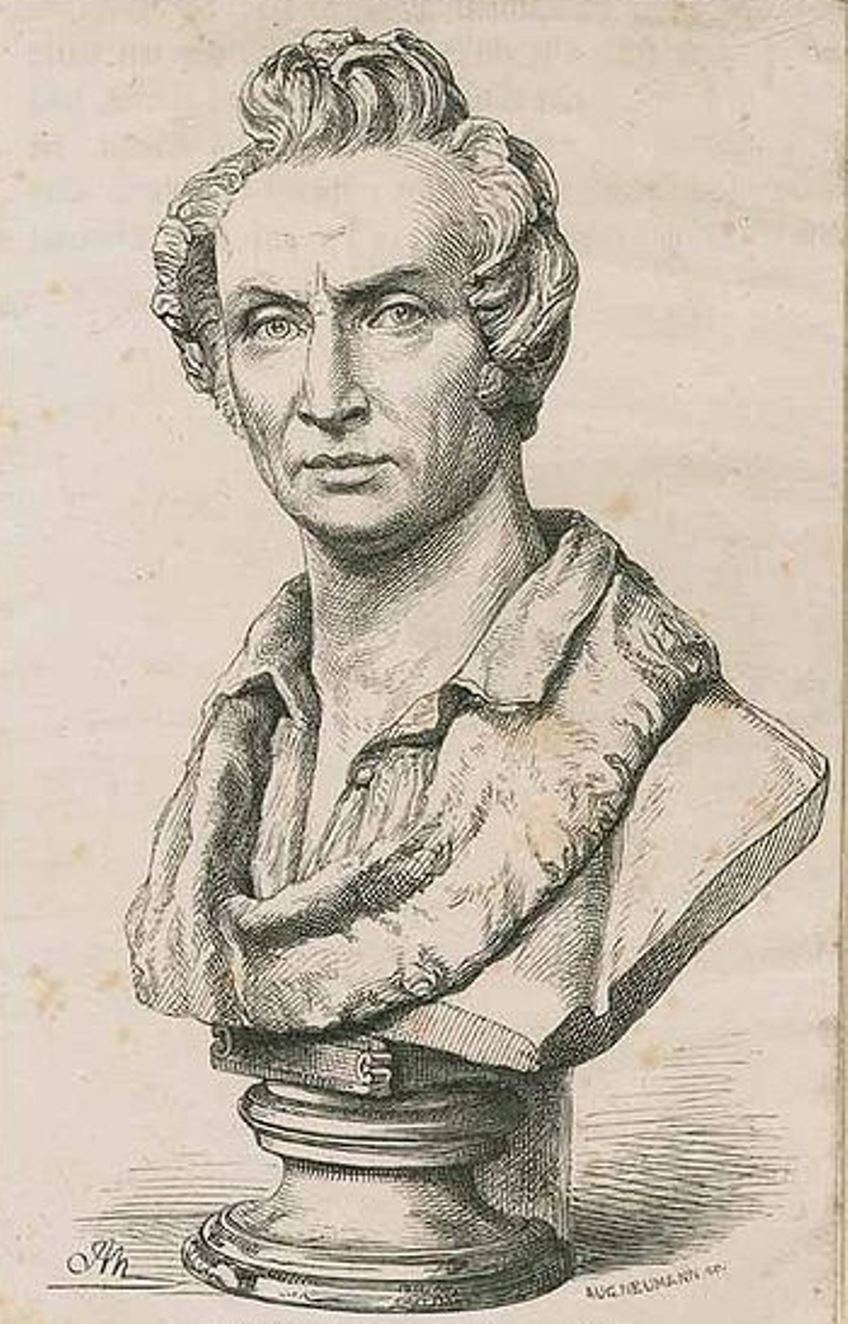
Carl Rottmann was a German painter of the first half of the 19th century. He is known as a master of the landscape genre. He became famous for his watercolor and oil paintings as well as his mural paintings of nature in the spirit of Romanticism.
Carl Rottmann comes from a dynasty of Rottmann artists: his father was a painter, and his younger brother continued the dynasty. Rottmann was among the court painters of King Ludwig I of Bavaria, from whom he received commissions to create large-scale landscapes.
Rottmann's best masterpieces are now preserved in museums in Germany, the most extensive collection of his works being held at the Neue Pinakothek in Munich.
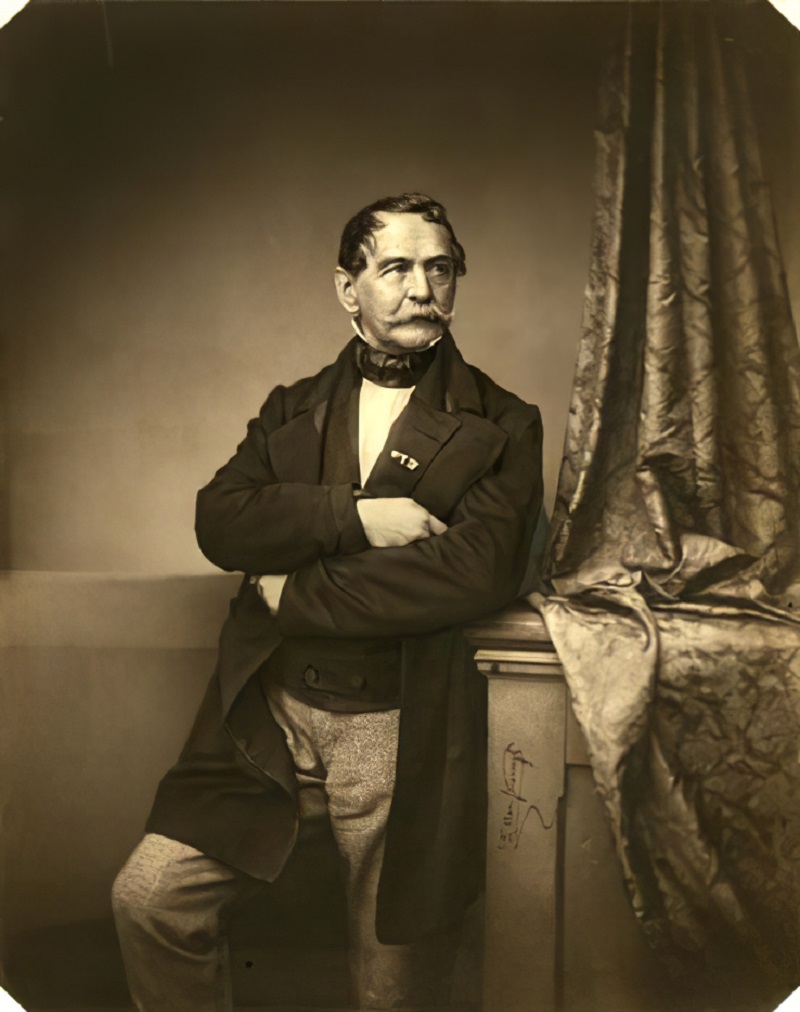
Peter von Hess was a Bavarian painter of the 19th century. He is known as a court battle-painter and master of historical painting.
Peter von Hess took part in the military campaign of 1813-1814 against Napoleon and after a tour of Vienna, Switzerland and Italy founded his workshop in Munich. At first he depicted small scenes from the life of soldiers, and then he moved on to creating large battlefield paintings. In 1839, the artist visited Russia to create a series of paintings of the main battles of 1812 commissioned by Emperor Nicholas I.
Hess's works are notable for their vivid composition, fine characterization of figures and drama.
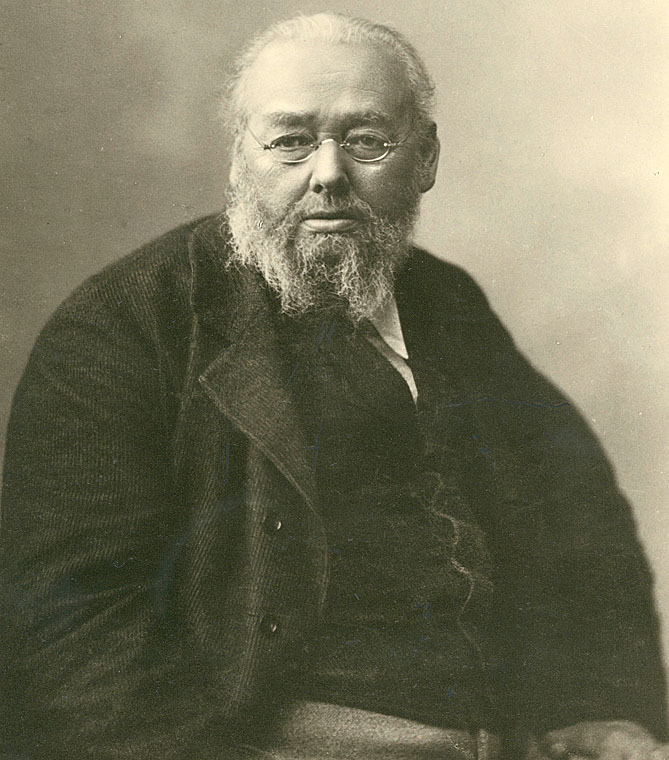
Rudolf Koller was a Swiss painter. He is associated with a realist and classicist style, and also with the essentially romantic Düsseldorf school of painting. Koller's style is similar to that of the realist painters Gustave Courbet and Jean-Baptiste-Camille Corot. Considered Switzerland's finest animal painter, Koller is rated alongside George Stubbs, Rosa Bonheur and Théodore Géricault. While his reputation was based on his paintings of animals, he was a sensitive and innovative artist whose well-composed works in the "plein air" tradition, including Swiss mountain landscapes, are just as finely executed.
He has been described as "the painter of the Swiss national animal", because of his paintings of cows in Swiss landscapes. He is considered, along with Frank Buchser and Gustave Eugène Castan, to be one of the most important Swiss painters of the 19th century. The Gotthardpost, or The St Gotthard Mailcoach, is one of his most famous paintings. It depicts a mail coach, drawn by white horses, speeding along a mountain road.
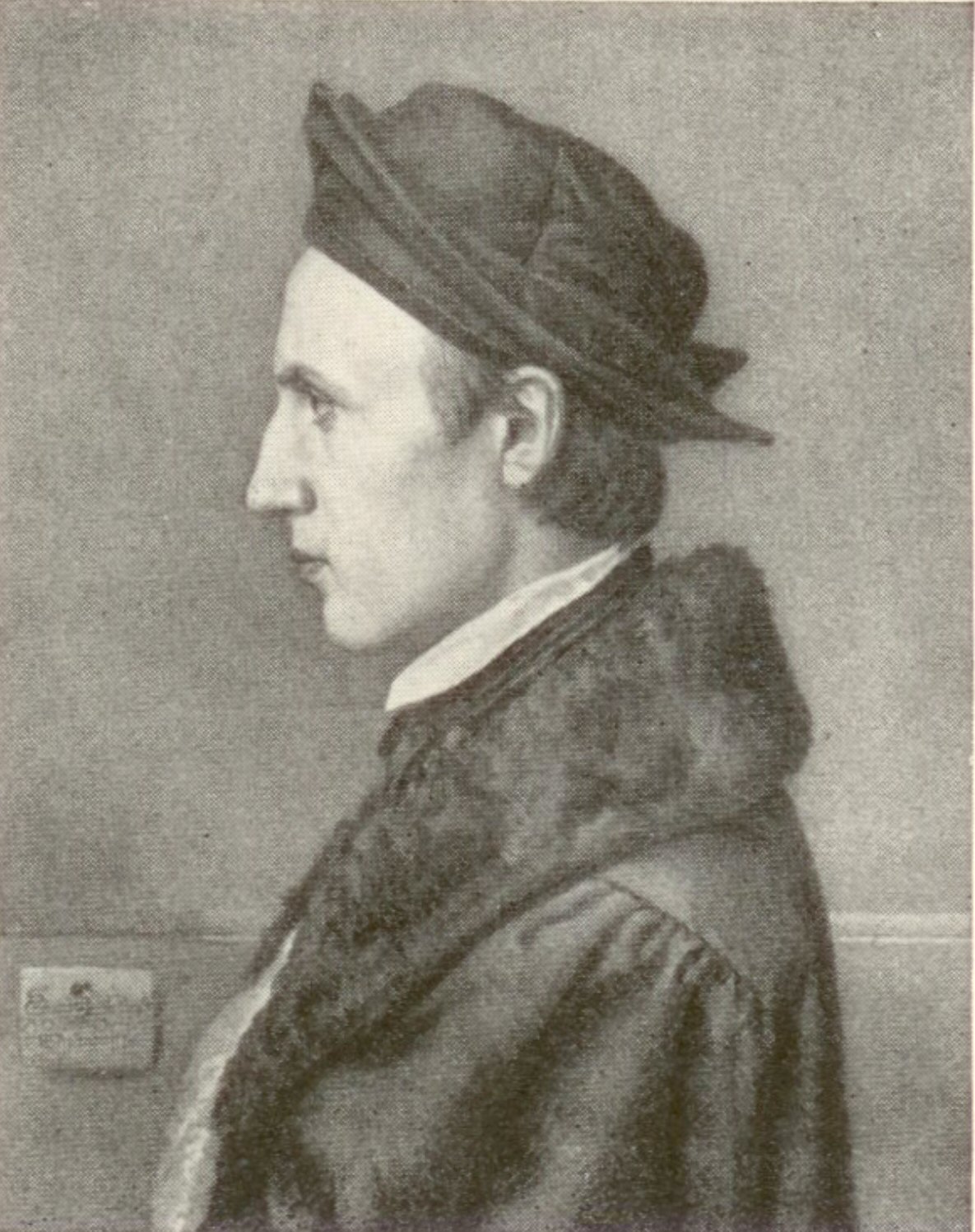
Edward Jakob von Steinle was an Austrian-German historical painter. He created several paintings of religious content in the style of the Nazarene. However, gifted with a multifaceted talent, he left a great number of drawings of non-religious content, including illustrations for Shakespeare's dramas and Brentano's Rhine Fairy Tales.
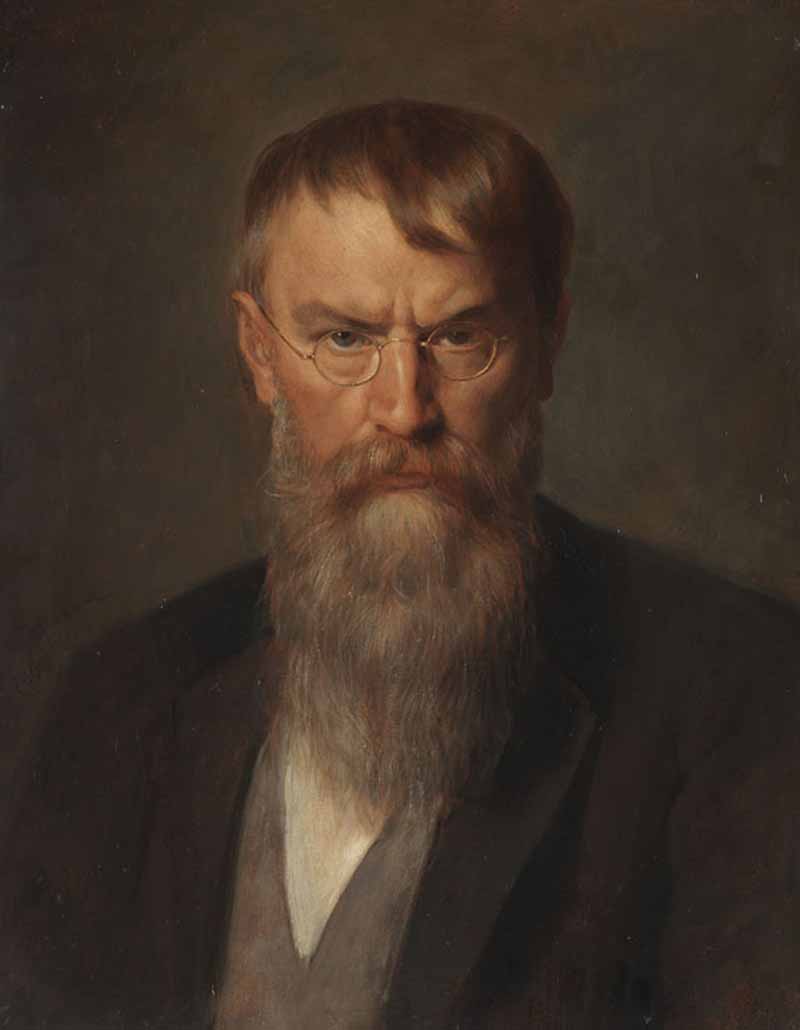
Franz Seraph Lenbach was a German painter known primarily for his portraits of prominent personalities from the nobility, the arts, and industry. Because of his standing in society, he was often referred to as the "Malerfürst" (Painter Prince).
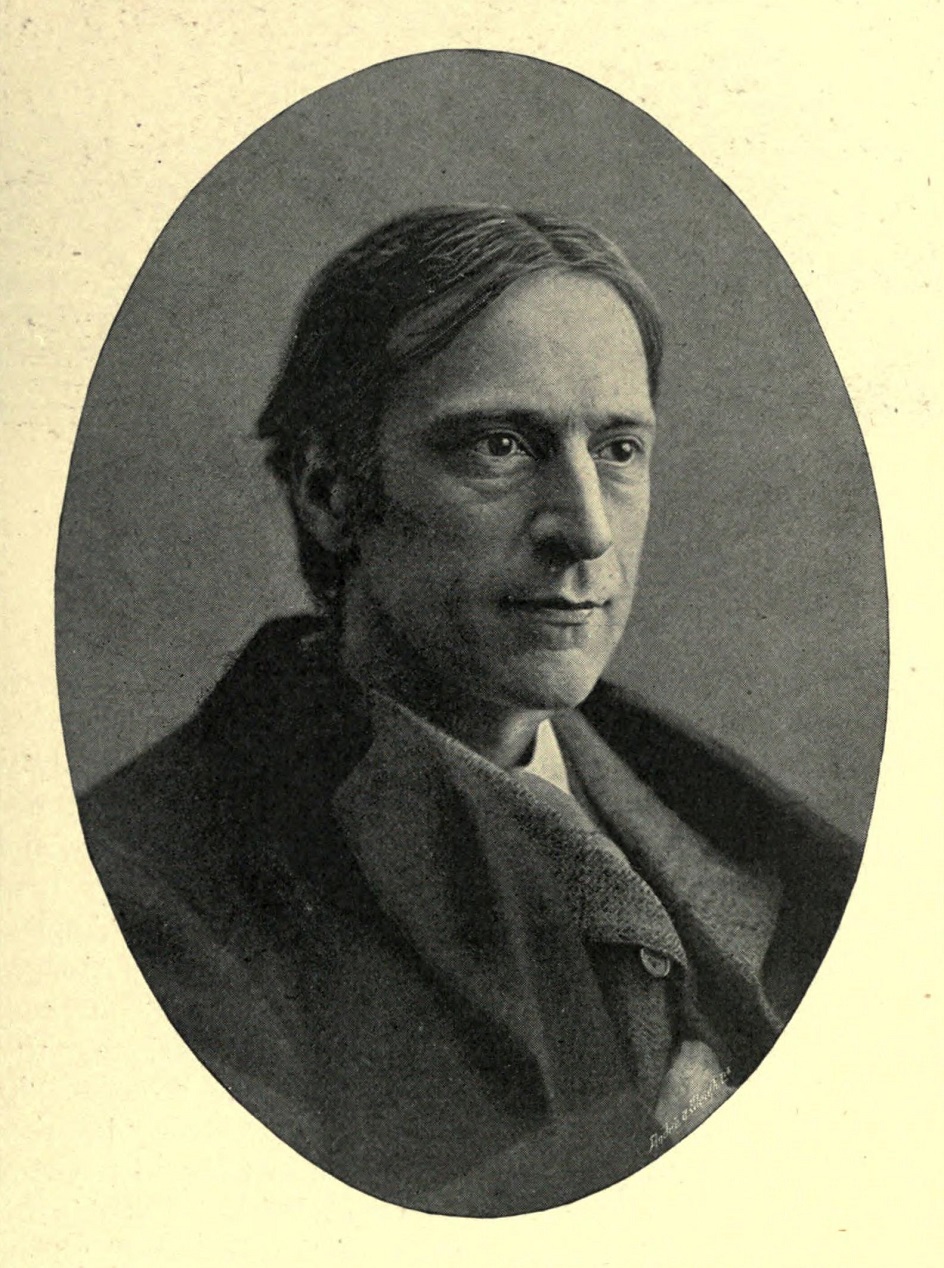
Hubert von Herkomer was a Bavarian-born British painter, pioneering film-director, and composer. Though a very successful portrait artist, especially of men, he is mainly remembered for his earlier works that took a realistic approach to the conditions of life of the poor. Hard Times (1885; Manchester Art Gallery) showing the distraught family of a travelling day-labourer at the side of a road, is one of his best-known works.
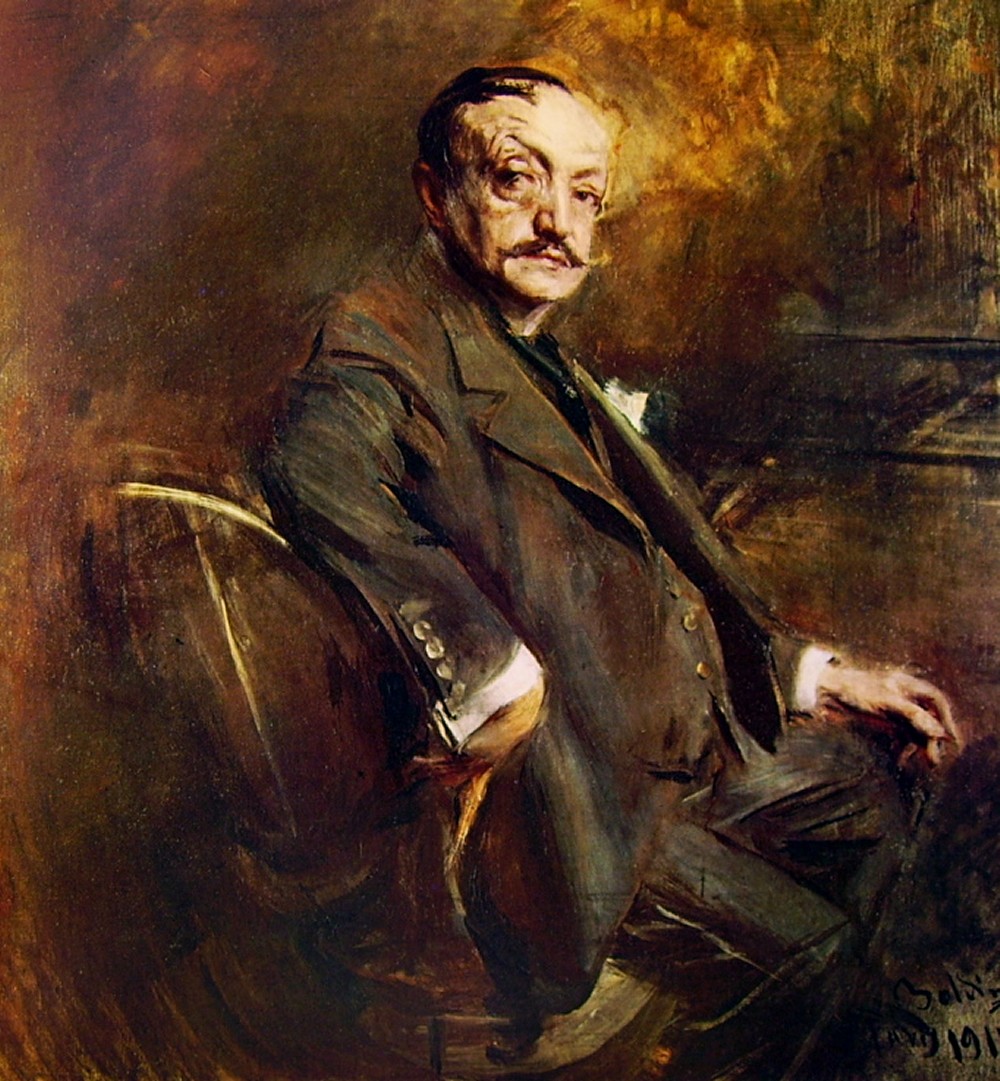
Giovanni Boldini was an Italian genre and portrait painter who lived and worked in Paris for most of his career. According to a 1933 article in Time magazine, he was known as the "Master of Swish" because of his flowing style of painting.
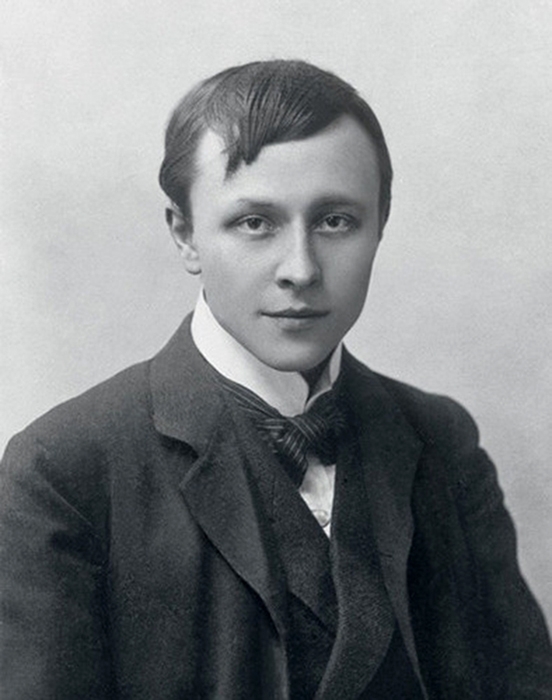
Alfred Kubin was an outstanding Austrian engraver, illustrator and writer, and a prominent representative of the Symbolic and Expressionist trends in the visual arts in the first half of the 20th century. Alfred Kubin's works are full of phantasmagoric and grotesque depictions of dreams, motifs of desolation and fear.


